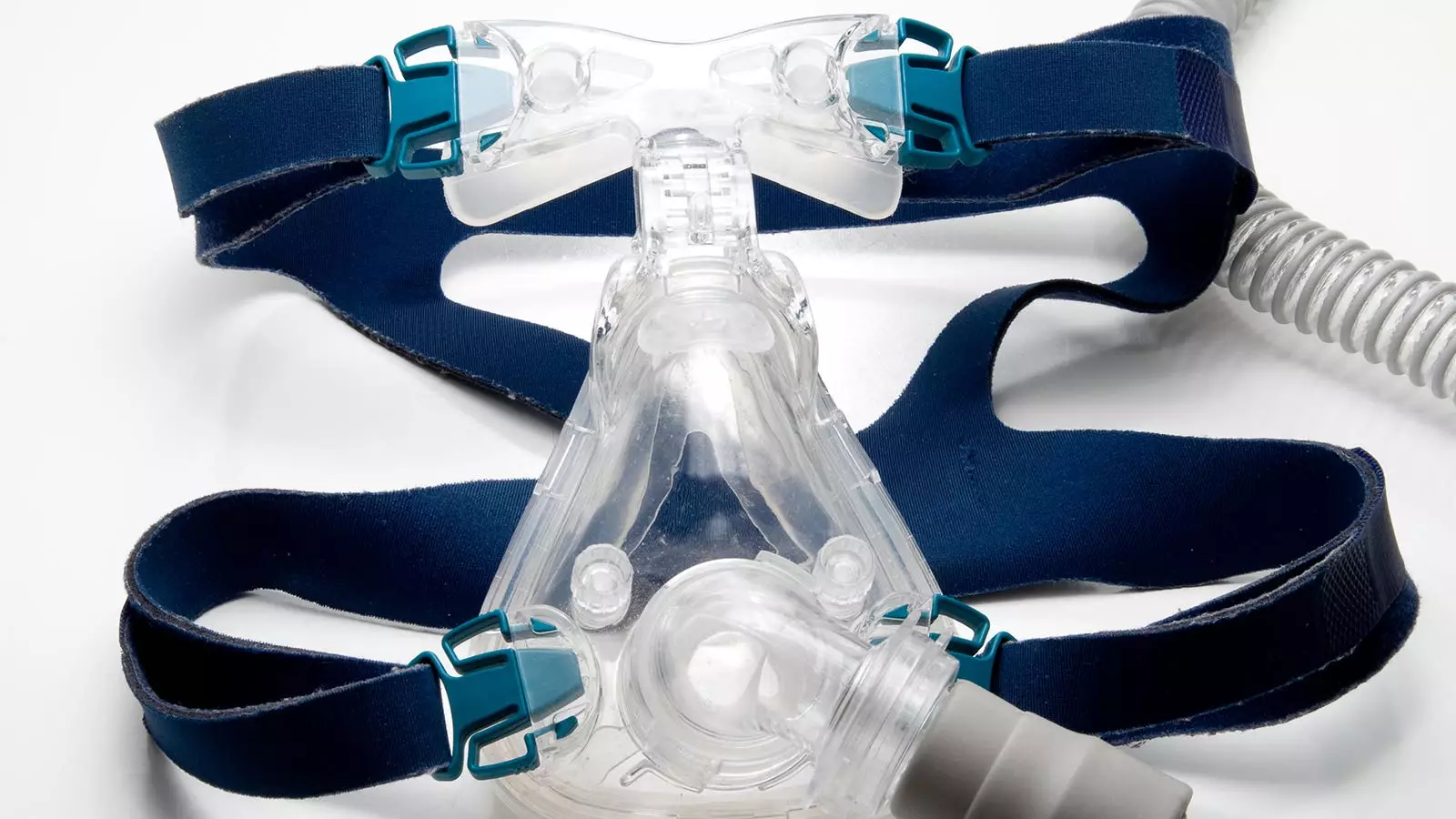The long-term use of continuous positive airway pressure (CPAP) has shown promising results in slowing the progression of eye disease in sleep apnea patients with non-proliferative diabetic retinopathy, according to a small randomized study. However, patients who adhered to the intervention ended up with more retinal microhemorrhages. The findings from this single-center trial underscore the importance of optimal pressure settings and close clinical monitoring.
The study, conducted at the Hospital Universitario La Paz in Madrid, Spain, involved 83 patients with sleep apnea and mild-to-moderate non-proliferative diabetic retinopathy. The participants were randomized into two groups: one group received CPAP treatment on top of usual care, while the other group received usual care alone. Over the course of a year, the researchers tracked the progression of eye disease in both groups.
The group that received CPAP treatment alongside usual care experienced a significant reduction in the number of eyes with hard exudates. On the other hand, the group that received usual care alone showed no change in this regard. The difference between the two groups was statistically significant, highlighting the potential benefit of CPAP in slowing the progression of eye disease.
However, when analyzing the results based on adherence to CPAP treatment, the researchers made a surprising discovery. Patients who adhered to the treatment and used CPAP for at least 4 hours per night had an increase in the number of retinal microhemorrhages. This increase was directly related to the level of pressure used during CPAP treatment.
The researchers speculated that the increase in retinal microhemorrhages could be attributed to an increase in intraocular pressure (IOP) caused by CPAP treatment. Repeated elevations in IOP during CPAP use may lead to mechanical irritation on the small retinal vessels, resulting in deformations or the generation of microhemorrhages. Further research is needed to confirm this hypothesis.
Despite the unexpected finding of increased retinal microhemorrhages in patients adhering to CPAP treatment, the overall benefits of CPAP cannot be overlooked. Sleep apnea is more common in patients with diabetic retinopathy, and addressing sleep apnea through CPAP treatment has shown to improve hypertension and glycemic control, both of which can independently improve retinopathy. Therefore, it might be prudent to consider referral to sleep specialists and the use of CPAP machines in the management of diabetic retinopathy.
The findings of this study reveal the potential of long-term CPAP treatment in slowing the progression of eye disease in sleep apnea patients with non-proliferative diabetic retinopathy. Although there was an unexpected increase in retinal microhemorrhages among patients adhering to CPAP, the overall benefits of CPAP in managing sleep apnea and improving retinopathy-related factors cannot be disregarded. Future research should focus on optimizing pressure settings and monitoring patients closely to minimize any adverse effects. By addressing both sleep apnea and diabetic retinopathy, healthcare providers can provide comprehensive care for patients and potentially improve their overall outcomes.


Leave a Reply